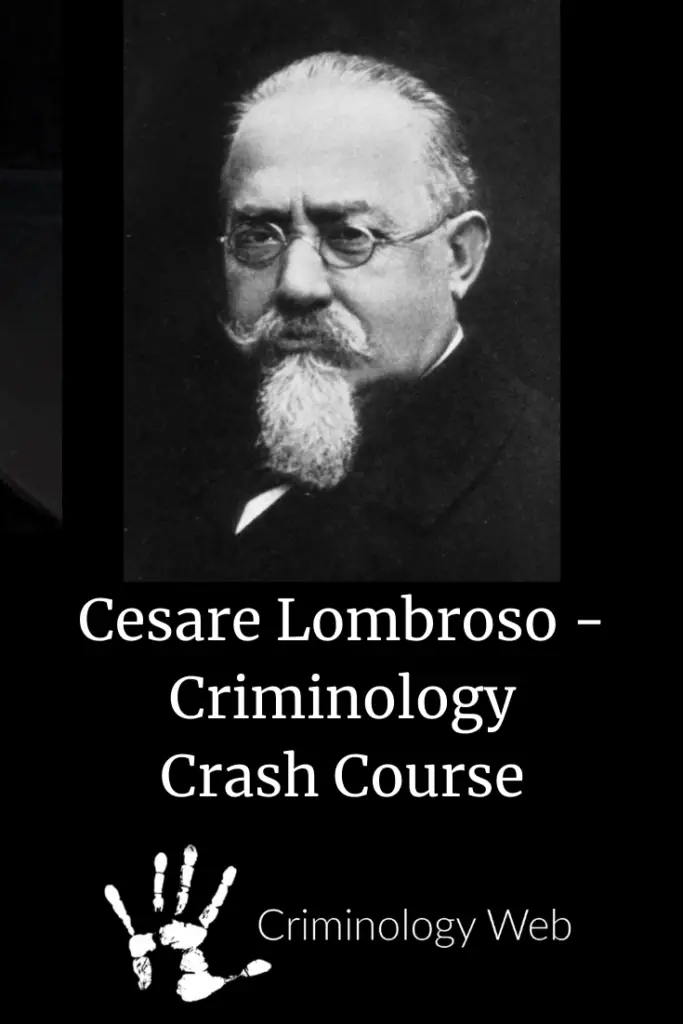Cesare Lombroso was born in 1835 in Verona in Italy. He was an Italian doctor who did research and wrote on a variety of topics, for example mental diseases, scientific ways to study corpses, and brain pathology. But his most important work, and certainly the work that he’s best known for today, is the book “The Criminal Man” (“L’Uomo delinquente”).
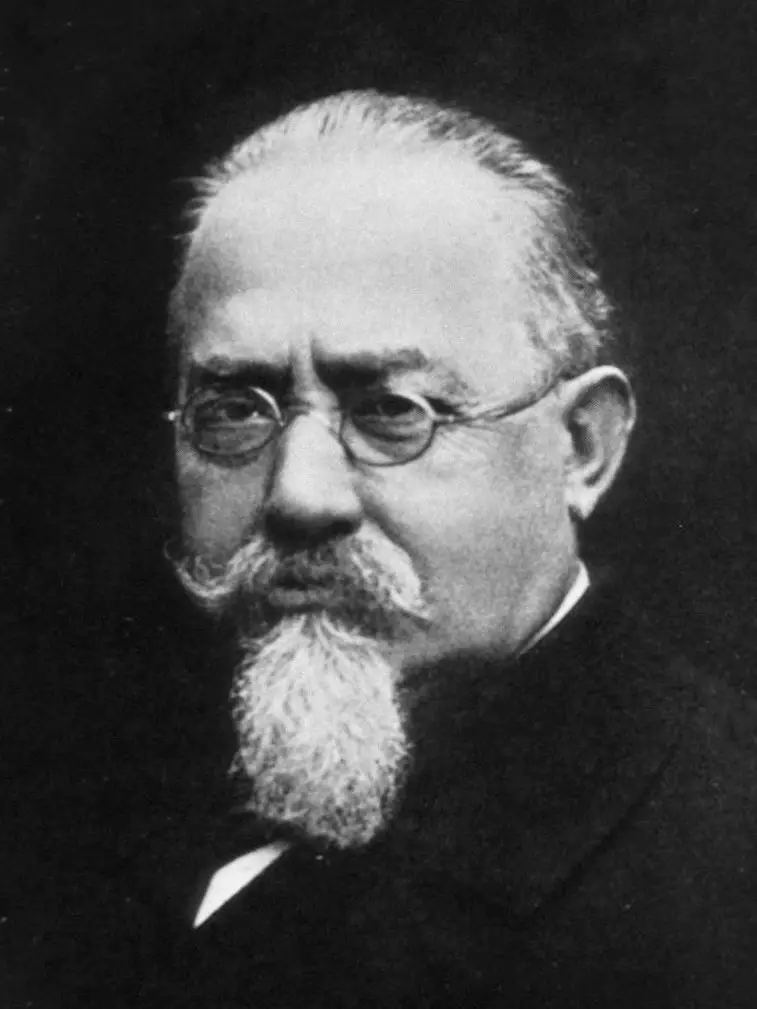
Table of Contents
Criminal Man, Theory of Atavism, and Degeneration
In “The Criminal Man”, first published in 1876, Lombroso developed his theory of criminal anthropology to explain why people commit crime. His theory suggests that there are basic differences between offenders and non-offenders. More specifically, according to Lombroso, born criminals have certain physical characteristics or abnormalities that make them different.
Cesare Lombroso called these abnormalities atavistic characteristics. Atavistic comes from the word “avatus”, which means ancestor in Latin. According to him, the physical abnormalities that offenders have occurred because offenders were the products of an earlier stage of human evolution, a stage where more primitive humans and apes existed. Thus, offenders are basically throwbacks to earlier phases of human history.
Connected to the idea of atavistic characteristics is the idea of degeneration. According to Lombroso, offenders have certain physical and mental characteristics of primitive humans, and they commit crime because of these biological abnormalities.
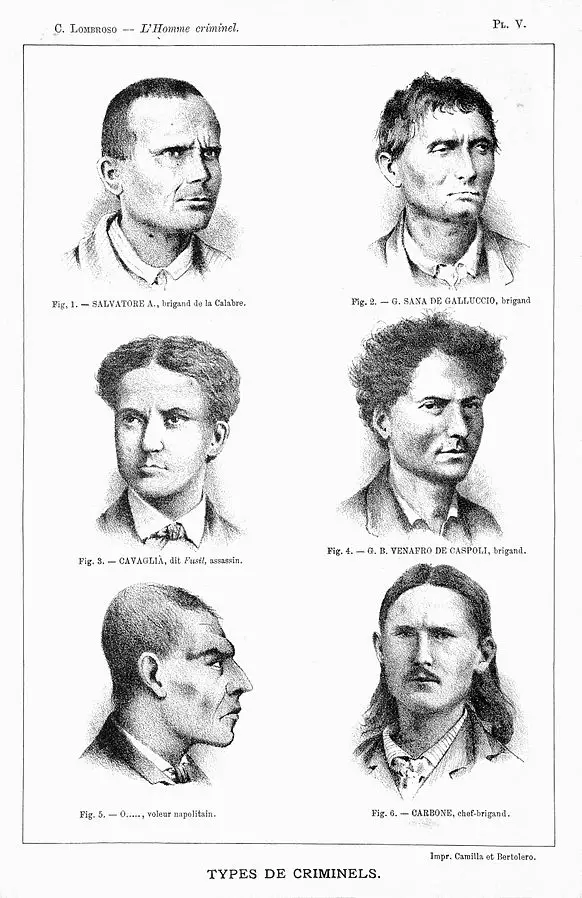
Measuring Crime: The “Born Criminal”
Lombroso’s ideas were based on his own research. One of the things that he is known for is that he conducted very detailed studies of people, and particularly studies of people’s bodies. Different from many others who had gone before him, Lombroso started to directly study offenders and measure and document the characteristics of their bodies.
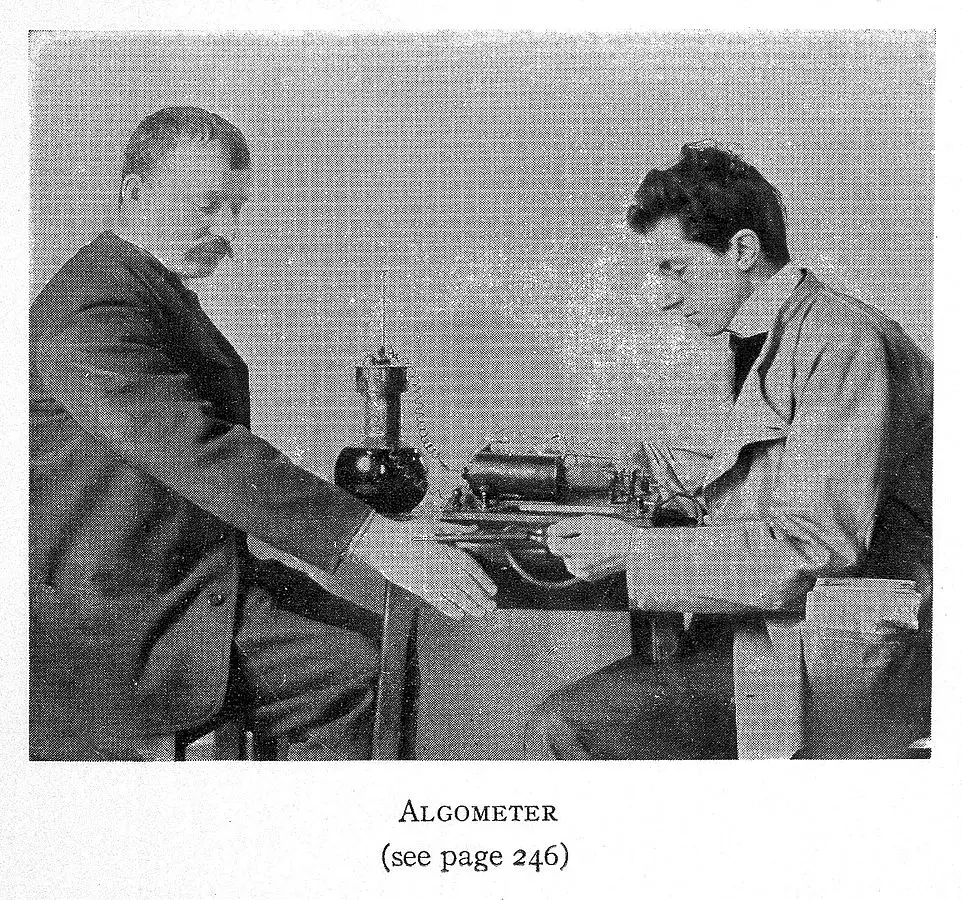
Over the course of his life, he and his students studied thousands of people. They studied different types of people, namely offenders, non-offenders, and also mentally ill people. And they not only studied people who were alive, but they also did autopsies on deceased people, for example to study their skulls and their brains.
Examples of things Lombroso measured were people’s height, weight, the span of their arms, the average height of their body while seated, the sizes of their hands, necks, thighs, legs, and feet, their eye color and so on.
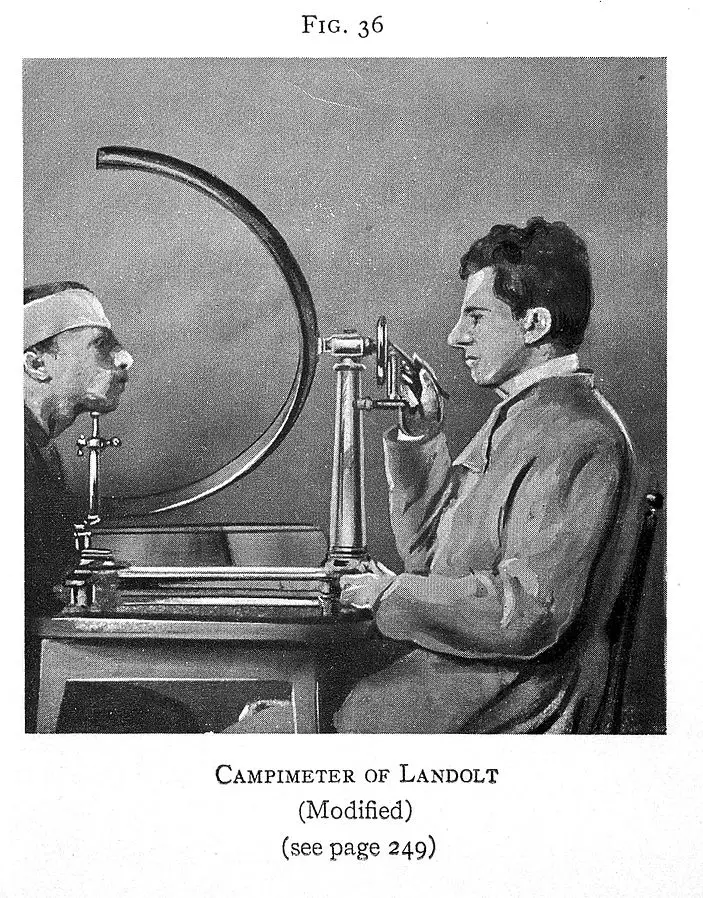

https://www.flickr.com/photos/fdctsevilla/4173331899/
The Atavistic Form and Crime
So let’s have a look at what he found in his research. According to Lombroso, the offender was a special type of human being; an offender was not so much a non-normal human, but really a different type of human. This different type of human had a variety of physical characteristics that made him or her different from “regular” people. A couple of examples of these physical characteristics were an asymmetric face, a large jaw, excessively long arms, and epilepsy. People who had these characteristics were atavistic and thus were criminal in nature. Lombroso even thought that one could recognize different types of offenders, with thieves having different physical characteristics than violent offenders.
In the first edition of his book, Lombroso very much leaned on these physical characteristics and measurements to distinguish born offenders from non-offenders, and he used his atavistic theory to explain why some people were born offenders. But as he kept updating his book and published new editions of it, he added things to it. For example, he also took other factors that may be linked to criminal behavior into consideration, such as poverty, alcohol, and gangs. There were also more psychological characteristics that Lombroso associated with being an offender, such as a lack of feelings of remorse, or being cynical or impulsive. But these factors are not often connected to Lombroso, because he devoted a lot of his work to biology and physical abnormalities.
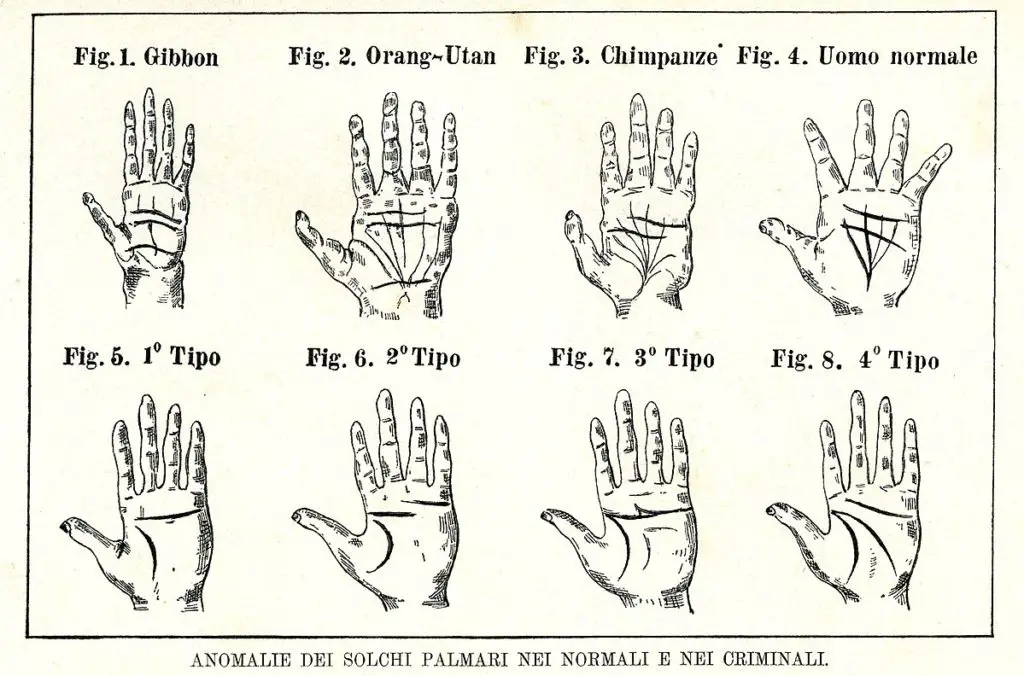
https://www.flickr.com/photos/fdctsevilla/4174086442/
Cesare Lombroso, the Positivist School, and the Italian School of Criminology
Cesare Lombroso is sometimes called “the father of modern criminology”, and he’s often seen as the founder of the positivist school. The positivist school used measurements as a way to find evidence for the causes of criminal behavior. In Lombroso’s case, that was done with his measurements of people’s physical characteristics.
He was a well-known scholar in his time, and many people both from Italy and abroad visited him to discuss ideas and research with him. Lombroso was certainly not the only one who thought that physical characteristics were linked to criminal behavior. He had a lot of influence on other Italian criminologists (like Ferri and Garofalo) and together, these scholars are often called the Italian School of Criminology.
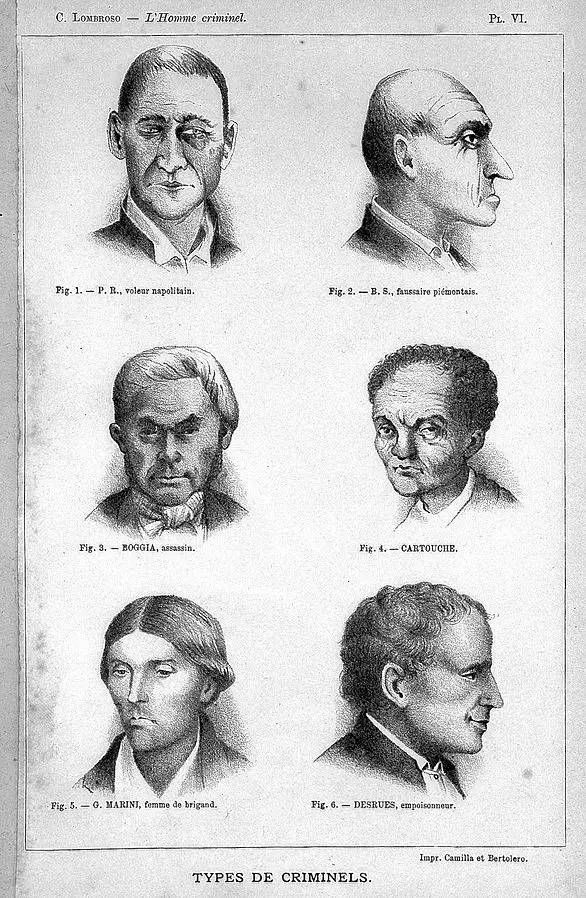
Cesare Lombroso did not agree at all with the idea of free will, so with the idea that people make decisions freely. The philosophy of free will was important in Italy at the time, but, unlike philosophers like Beccaria and Bentham, Lombroso was much more interested in factors outside of a person’s free will that influence behavior, and he was not the only one.
This was a time in world history when Darwin’s evolutionary theory was gaining popularity, and sociology was coming up where it was thought that every society and every individual was affected by outside forces such as war and famine, and that wealth and class affected the way in which we live our lives. This, of course, challenged the idea that humans have free will. In other words, Lombroso wasn’t an outlier; he fit right in with his time. In fact, he had significant influence on these ideas.

https://www.flickr.com/photos/fdctsevilla/4157827328/
Criticism on Cesare Lombroso’s Theory of Crime and Atavism
But, as you might expect, his ideas have also received a lot of criticism, both during his own life and after his death in 1909. Some of the most important criticisms were that he did not interpret his findings correctly, and that he did not examine them critically. It is now widely agreed upon that his findings were not accurate and do not support his theory of atavism and degeneration.
As a result, Lombroso’s ideas about atavism have been abandoned, and Lombroso himself is one of the more controversial figures in the history of criminology. But other ideas that find their roots in his work, such as the idea that there may be physical characteristics that can contribute to criminal behavior, are very much alive in criminology today. For example, the idea that genes and brain structure are related to criminal behavior has seen an increasing amount of interest in the past few decades.
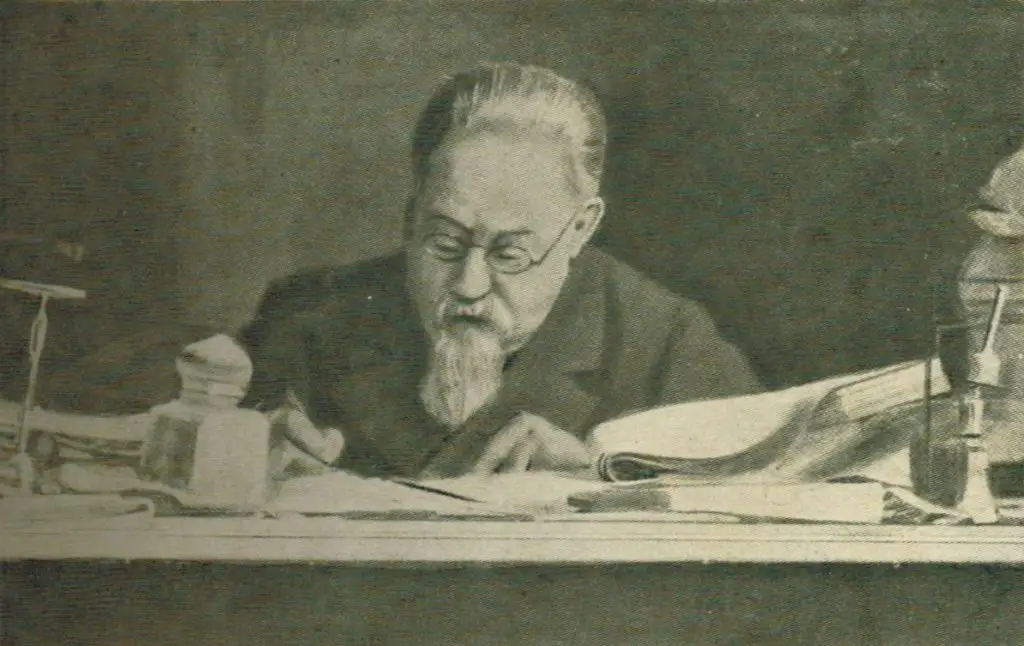
All in all, Lombroso’s ideas about crime, atavism, and degeneration are now widely believed to be biased and flawed, but recent research in criminology has certainly seen an upswing when it comes to studying the biological causes of criminal behavior.
For those interested, there is now a museum that shows his work: check out “Cesare Lombroso’s Museum of Criminal Anthropology” in Turin, Italy for more information.
